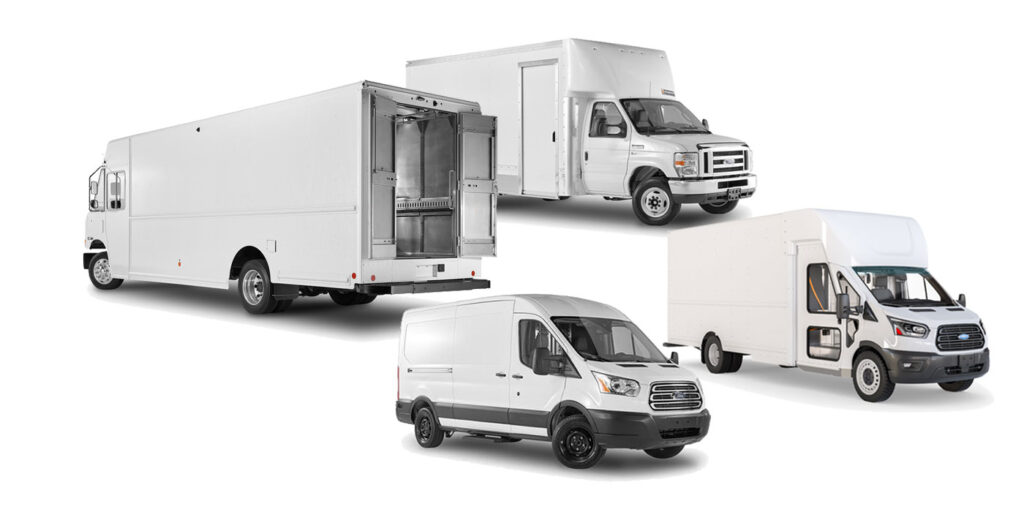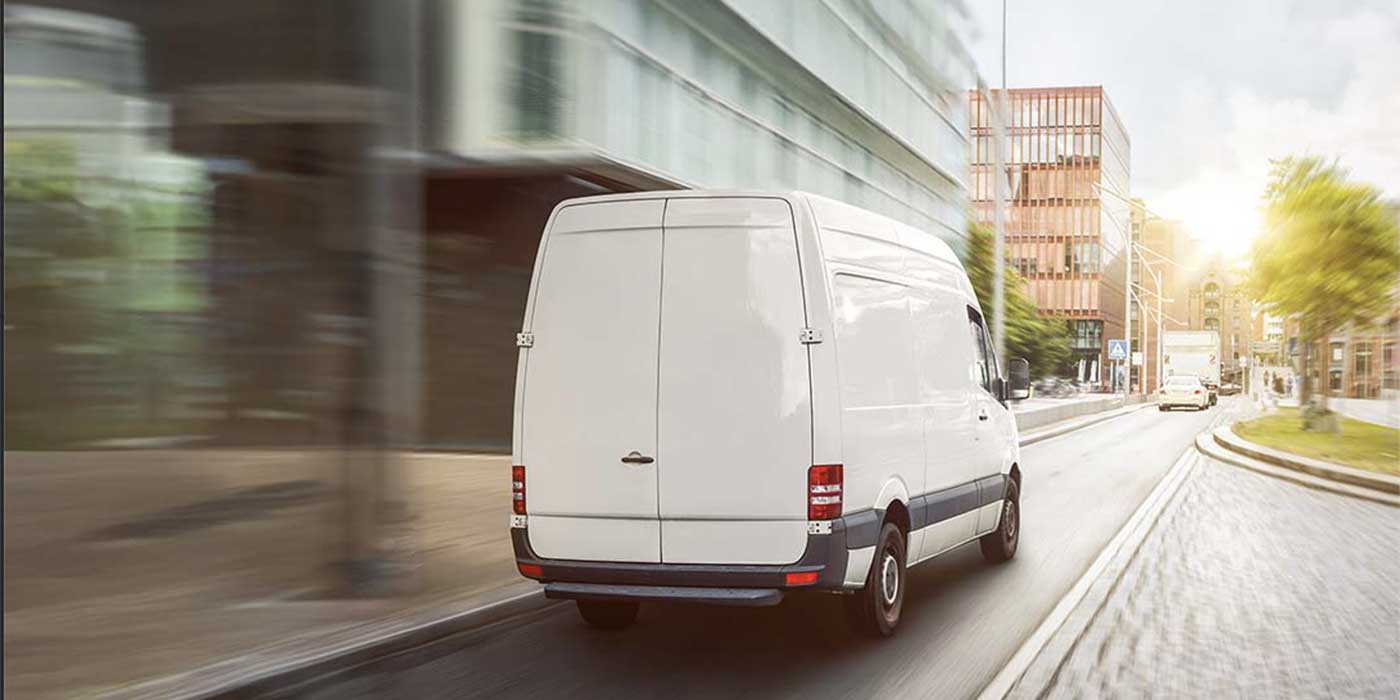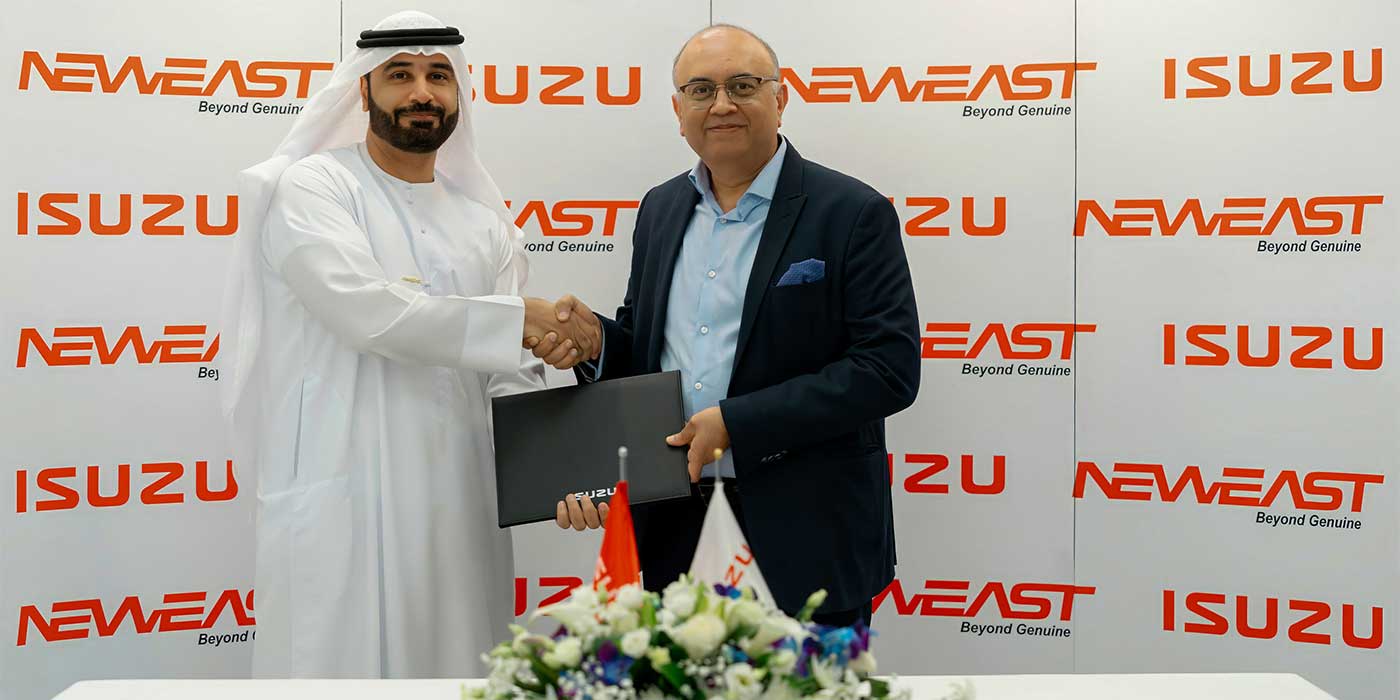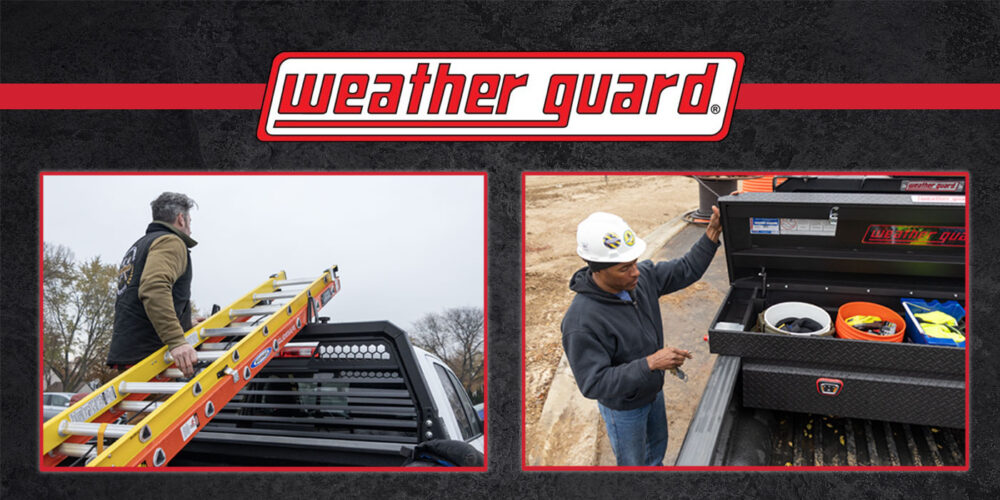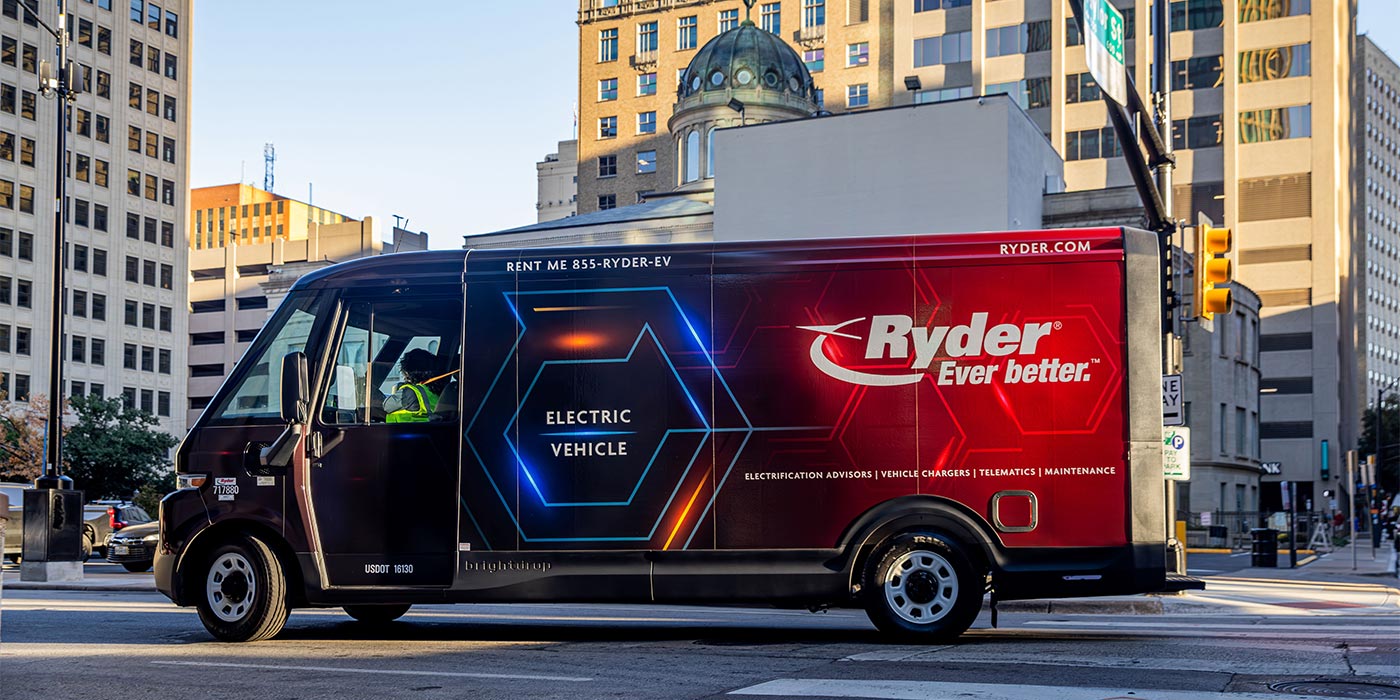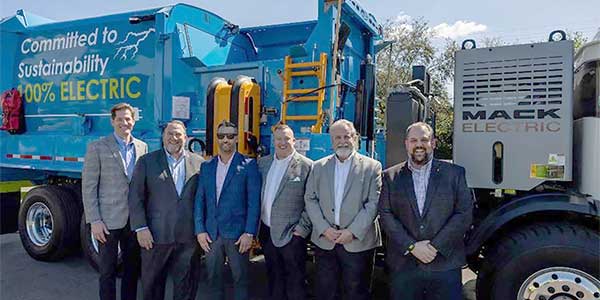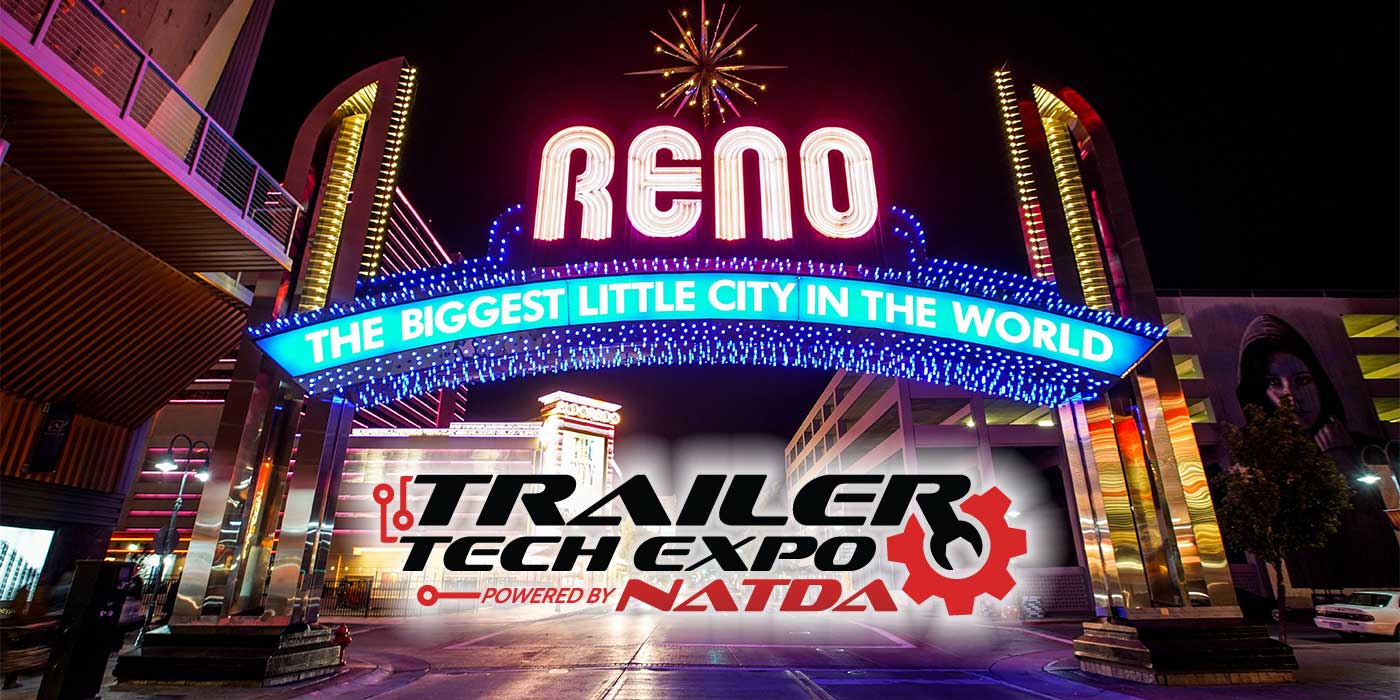It’s fun to talk about the buzz of the last mile delivery segment, but you get to a point where you think: What is the actual growth and makeup of the segment, and what does that mean for fleets?
For answers to those questions and a closer look at the booming trucking segment, I connected with Chad Heminover, president of The Shyft Group’s Fleet Vehicles and Services business unit. You may recognize The Shyft Group’s brands, including Utilimaster, Royal Truck Body, DuraMag, and Strobes-R-Us, to name a couple. With the Utilimaster brand, Heminover is on the front lines with last mile delivery operations, helping them make equipment decisions and navigate the increasingly complicated equipment technology evolution as electric vehicles enter the market and last mile demand grows.
Here’s what Heminover had to say.
Fleet Equipment (FE): What growth have you seen in the last mile segment in the past year and half, and how much do you see it growing going forward in the short term?
Heminover: What we’re seeing is that e-commerce is expected to grow 22% through 2022. Then you start looking at: What does that mean in regards to the parcel market and what these last mile delivery companies are going to need from a vehicle perspective?
If you take UPS, FedEx, Amazon, DHL and the likes, we’ve done some market research that tells us that the compound average growth rate from 2021 through 2025 is going to be about 13%. That’s going to give us an opportunity to continue to build more vehicles for that space.
FE: What’s the Shyft Group’s position in the last mile space? What applications do you serve?
Heminover: We have an offering that covers Class 1 through 7 vehicles, and it supports the last mile delivery space. We have three products that we service or rebuild for large parcel delivery customers. We have our step van business, which is the traditional walk-in van that we sell to the country’s largest parcel delivery fleets. Those are the bigger vehicles. We also have a truck body segment within, within the Utilimaster brand that we build truck bodies that also service that last mile delivery segment. Lastly, we have an upfit side of the business where we are upfitting cargo vans that are used in last mile applications as well, for those parcel delivery companies.
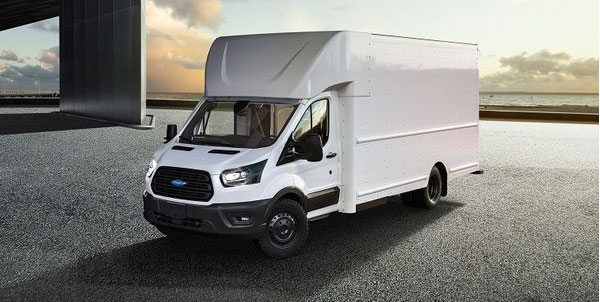
FE: What’s the makeup of last mile delivery companies you’ve worked with?
Heminover: There’s a good mix. If you look at this segment, you have companies like UPS that employ professional drivers and own their vehicles; you have FedEx Express that has a fleet of vehicles that are corporate owned. Then you have the other side that’s a delivery service provider model—these are contractors that buy a variety of different types of vehicles that Amazon has spec’d. Finally, you have the FedEx ground contractor segment; they’re not employees of FedEx, they’re contractors.
There are also a lot of new companies entering this space. On the FedEx Ground side, for example, there are a lot of new entrants into the contractor space, and their current contractors need more vehicles as a result of the growth that the market is experiencing.
FE: With such a diverse field of companies and contractors, are there any pieces of standout equipment spec’ing advice?
Heminover: Yeah, we try to spec the truck to the routes. For example, if you’re a FedEx ground contractor, and you’re trying to figure out what vehicle you need, it all depends on your route size. If you have a high frequency of stops in your delivery schedule, the truck body that we would put you in is a cutaway. If your application has less frequent stops or you need a bigger payload, and you need durability, we’d put you in a dry freight truck body.
If you have an urban and rural route, and you want to be able to get in and out of the vehicle efficiently, we would put you into a walk-in van. We have a new product that we just launched in October that’s getting some great market feedback—our Velocity F2 product line, which complements our Velocity M3. The F2 is built on a Ford Transit chassis. The Velocity M3 is built on a Mercedes chassis. These are Class 2 or 3 vehicles that are ideal for urban delivery and serving multiple drivers and different routes.
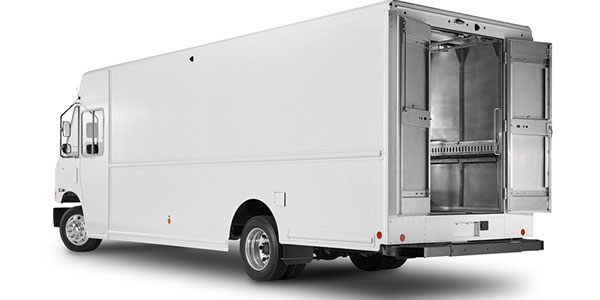
FE: How do you help customers calculate cost of ownership?
Heminover: That’s what they’re still all trying to learn. Each of these customers has different expectations of the vehicle life cycle, especially in the contractors segment. Larger companies that have been in the market for a long time have their ROI models figured out, but smaller contractors that are mom-and-pop operations are learning the hard way in a lot of cases where the vehicles break down, and they’re putting a lot of money back into them when they should, in some cases, be replacing them.
What we do is help them understand that we provide aftermarket support. We have a field services team that educates them on the pros and cons of each vehicle. We have that close relationship with the customer because what we do very well is, we are the ones that are designing the package that goes into the back of any of the vehicles that we do. All of these customers are looking to the upfitter to come up with packages that meet the needs of their drivers.
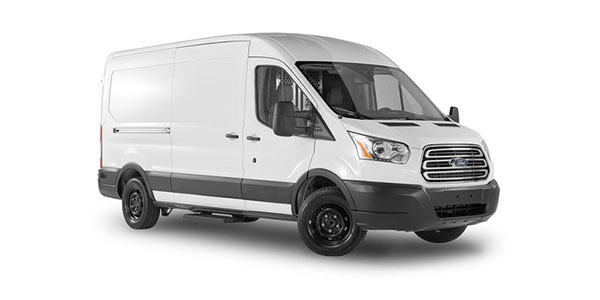
FE: There’s a lot of buzz in this segment about electric vehicles. What are you hearing from your customer base in terms of adoption of EVs?
Heminover: My view on the EV space is: EV is coming. There are a lot of companies and organizations that are throwing a lot of money at the electric vehicle space. The economics currently don’t make sense if you’re in the buyer’s position, but somebody is going to figure it out. All the big fleet customers are having some type of initiative around electric vehicles and [going] green. But I think they’re probably a couple years out before smaller fleets actually make a significant investment in electric vehicles, just because of the fact that there’s a significant investment that has to go on the infrastructure to be able to support these vehicles.
I do believe from a long-term perspective that there will be a EV solution out there that satisfies the needs of the customers in regards to price range of the vehicle and all the other things that go with that. EV is coming, it’s just a matter of when.

